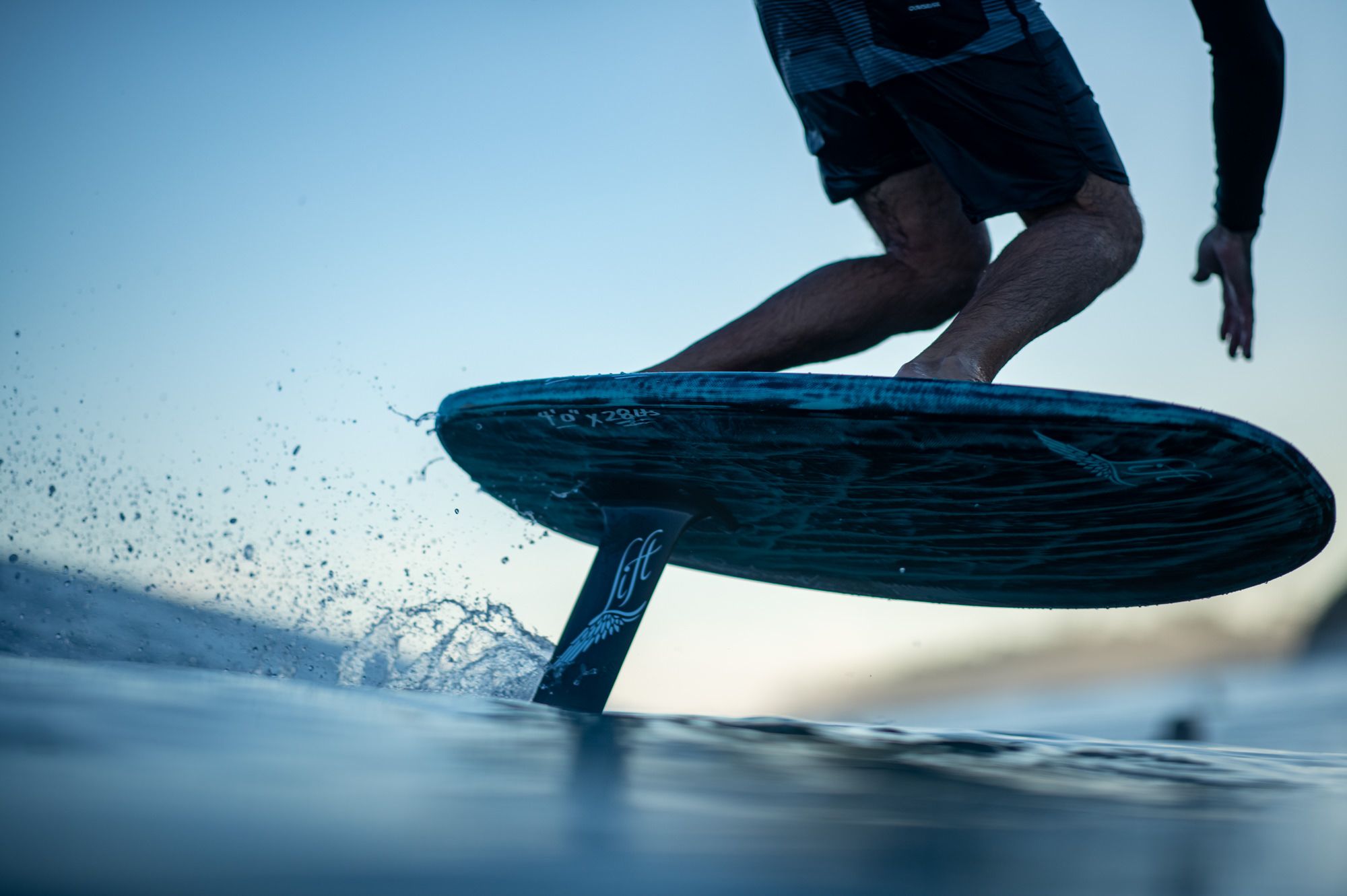Wake foiling – where it comes from, how to do it, and how to choose the right equipment
For many of us water sports people, thinking about wakeboarding brings back memories of adrenaline-filled weekends and summers that never lasted long enough. Having to be towed by a boat made the whole thing feel like a big deal while the mix of snowboarding, skiing, and surfing skills that you needed to get good at it made it challenging in the best possible way. The sport, which was invented in the mid sixties by surfers who wanted to be able to surf in the absence of swells, grew in popularity in the 80s and has remained a favorite of many surfers who don’t always have access to good waves.
Similarly, foiling was also invented in the sixties when aeronautical engineer Bob Woodward came up with hydrofoil water skis in order to eliminate drag and glide over the water with more smoothness and speed. Surf pioneers like Laird Hamilton then took this concept to surfing and other prodigies like Kai Lenny have continued to explore it and fine tune it. Up there with the most interesting iterations of the sport has been the marriage of foiling and wakeboarding. Because foils lift boards out of the water, they allow riders not only increased versatility and speed, but also the ability to ride wake and swells that otherwise wouldn’t be an option. The feeling is hard to beat: flying, surfing, snowboarding on the best deep powder of your life… all without having to wait for the wind or waves to behave themselves in any particular way. It’s also easy enough for entry-level wakeboarders while allowing more experienced riders an entire new realm of tricks and speed.
If you’re thinking of trying it, now’s the time. Both boats and equipment have come a long way and there’s a perfect setup for everybody. Understanding how it’s done and how each part of your equipment affects your ride is key when choosing your own adventure, so read on and let us break it down for you.

How to wake foil:
Wake foiling, like all types of foiling, takes a little practice but once you’re up, there’s no turning back: the possibilities are endless.
If you’re a complete beginner, you want to:
Place your feet flat on the board and get the foil to be as close to the surface of the water as possible.
Get whoever is driving the boat to start slow (7 to 10 mph, more or less) and ease you into a slightly faster speed.
Position your feet forward on the board so that the foil is directly below you, bend your knees and keep your butt down, and when you’re comfortable, start to move your stance further back so that the foil begins to act like an airplane, propelling your board out of the water.
Once you’re up, think of the mast as the control stick of your vessel and use it to play with your roll, pitch, skip and skid.
If you’re an experienced rider:
Waking with a rope is much easier because since the foil eliminates so much of the drag, your arms are making a significantly smaller effort and you can go on for a lot longer.
Once you’ve settled into the groove you’ll be ready to let go of the rope and surf the wake using your own body weight.
At this point, the most important thing you want to bear in mind is the gear you choose, since this will be considerably different depending on what your goal is.
How to choose your gear:
There are several components to bear in mind when choosing a wake foil setup. Mostly you want to consider the type and size of your board, masts, and wings. Wake foils are different from surf foils in that they are designed to be ridden at faster speeds, but if you’re a beginner, a surf foil will probably suit just fine. Our most seasoned riders report incredible results waking with our high aspect foils, since these allow them to take advantage of entire sequences of wakes. An ideal setup for a person who’s looking for a more advanced adventure also includes a smaller board and a longer mast. For those just learning, the bigger and heavier the board, the more stability and the shorter the mast, the easier to control.
In short… Wake foiling is a whole lof of fun. It’s also the easiest way to learn to foil. These are only the basics. There is, of course, a lot more where that came from, but most of what you want to know you’re gonna figure out when you get in the water. We’ve been doing it for some time now and are completely addicted. We’re confident the same will happen to you.
If you ever have any questions, please make sure you reach out to us. We’re always happy to be in touch! We get better as you get better.

